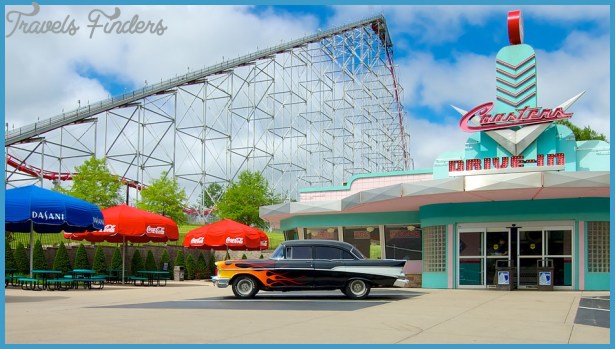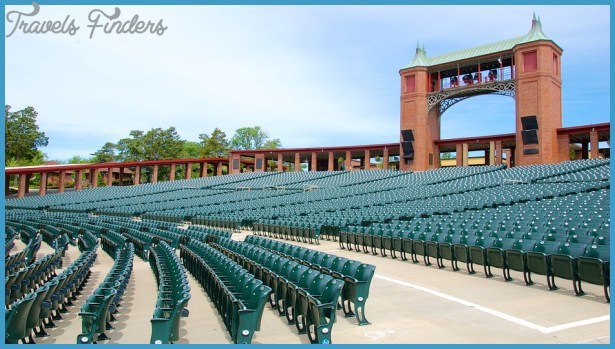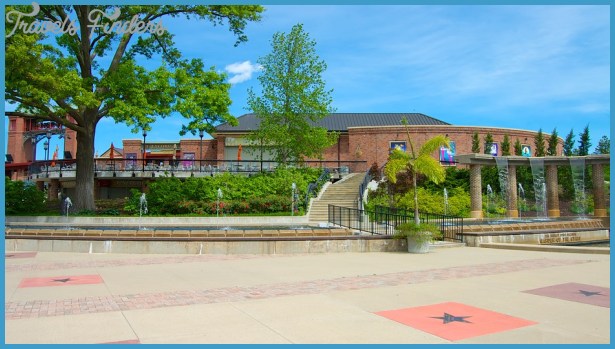Between 2000 and 2005 Kansas’s population declined overall by almost 1 percent.58 Yet, during that same period the Latino population grew by 19 percent.59 This strong Latino growth slowed the state’s overall population decline. As a result the relative percentage of Latinos for many Kansas counties is increasing.
Although it was believed that Latinos began the twentieth century in Kansas with a strong connection to employment in the railroads and in agriculture, the 2005 American Community Survey reveals a different picture.60 Only 2.5 percent of employed Latinos worked in what the census labels farming, forestry, and fishing occupations, whereas about 8 percent are employed in transportation. Management and professional occupations now claim 15 percent of the Latino workforce. Occupations in the service, sales, and clerical, construction, and production industries claim 20, 18, 17, and 20 percent of the Latino workforce, respectively.61
Latinos are not evenly distributed across Kansas. The counties with the highest relative percentages of Latinos are concentrated in the state’s southwest, where there used to be sugar beet cultivation in the past and where there are meatpacking plants now. In 2000 Finney and Seward counties were 43 percent and 42 percent Latino, respectively. They are followed by Ford County at 38 percent, Grant County at 35 percent, Kearny County at 27 percent, and Wyandotte County (which is part of metropolitan Kansas City) at 16 percent.62
The development of a professional class is an important indicator of the development of a differentiated and stratified Latino community in Kansas. In 2005 management alone claimed 6 percent of the Latino workforce, and professional occupations alone claimed 8 percent. Of the Latino managers 5 percent are farmers or farm managers; 39 percent are in financial or business operations occupations; and 56 percent are in other management occupations. Of the professions, 37 percent are in education, training, and library occupations; 21 percent are in health care or in technical occupations; 13 percent are in community and social service occupations; and 12 percent are in architecture and engineering occupations. Of the remainder, 6 percent are in computer and mathematical occupations; 5 percent are in the in the arts, design, entertainment, sports, and media occupations; 4 percent are in legal occupations; and 2 percent are in the sciences.63
Latinos claim a substantially smaller percentage of their population as managers and professionals than does the dominant ethnic group of Kansas’s society: whereas 15 percent of Latinos are managers or professionals, 35 percent of the non-Hispanic whites occupy positions in those fields.64
The Latino population has less educational attainment than the general population of Kansas, which is in part due to migration. Of the population 25 years of age and older, 2 percent have a graduate degree, 7 percent have a bachelor’s degree, 4 percent have an associate’s degree, 13 percent have some college without attaining a degree (these are grouped with those who have a college degree, totaling 26 percent ). Of the rest of the Latino population, 25 percent has less than a 9th grade education, 20 percent has attended school to the 12th grade without obtaining a diploma, and 30 percent either have a high school diploma or have passed an equivalency test.65
These data reveal two things: the success and mobility of the native-born Latino population, and the lower educational level of the foreign-born migrants. Of the Kansas Latinos born in Latin America, 62 percent are less than high school graduates in educational attainment; 23 percent are high school graduates or the equivalent; 10 percent have an associate’s degree; 3 percent have a bachelor’s degree; and 1 percent have a professional degree.
As a result, the Latino population has a lower income than the general population of Kansas (especially the non-Hispanic white population). The median household income in Kansas for 2005, in inflation adjusted dollars, was $42,920, whereas for the non-Hispanic white population it was $44,839. In contrast, the Latino population had a median household income of almost $10,000 less, at $33,167.66
















